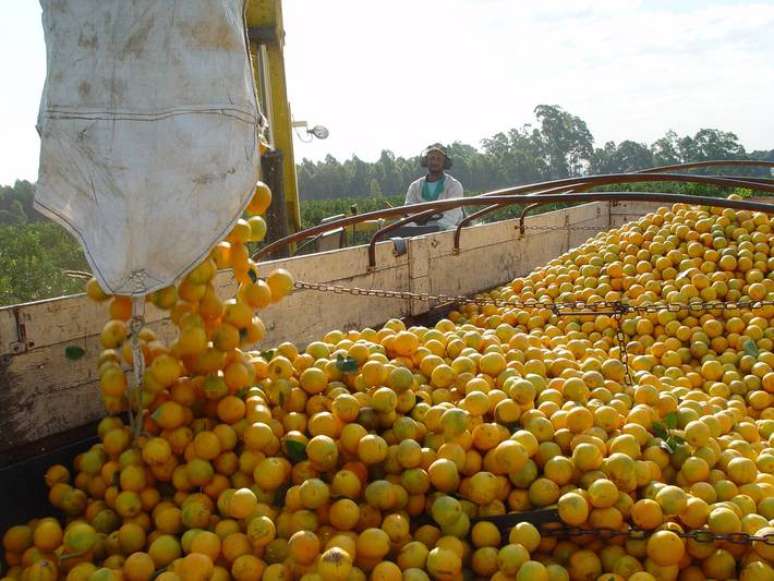The most feared disease in lemon, orange and mandarin crops affects the competitiveness of the business in São Paulo
A citrus cultivation In St. Paul is at risk. This risk is real and imminent. And the reason is greening (HLB/huanglongbing), a disease currently without cure that leads to loss of productivity and, in a few years, tree collapse.
OR greening is caused by a bacterium (Asian Liberibacter candidate), transmitted by an insect (Psilla Diaphorina citri), which contaminates a plant by feeding on it – all varieties of orange, mandarin, lemon AND lime they are susceptible. Therefore, a diseased tree, in a commercial orchard or backyard, serves as a source of contamination for new infections.
No citrus industry has been the same since greening. All citrus parks affected by the disease were hit mercilessly: Asia, South Africa, South America, Central America, Florida (USA). The most significant example is Florida. After identifying the greeningin 2005, production fell from 250 million boxes of oranges (40.8 kg) to 16 million in 2022/23.
In the Citrus Belt of São Paulo and the Triângulo and in the South-West of Minas Gerais – the most important in the world for the production of oranges intended for the juice industry -, the incidence of greening in 2023, it reached 38.06%, according to Fundecitrus, the highest rate since the disease was identified in Brazil in 2004.
But this incidence is average: in Limeira, for example, the incidence is 73.87%. Plant in regions with more than 40%. greening, which are six of the 12 in the Belt, represents an immense risk: it is estimated that at least four out of ten plants will not reach productive age in good health. Orchards cannot be renewed.
And what is at risk? Citrus cultivation in São Paulo and Minas Gerais generates $15 billion per year, adds $2 billion to GDP, collects $180 million in taxes for 350 municipalities, generates 200,000 jobs, preserves one hectare of native vegetation every 2.89 hectares in production and stores 36 million tons of carbon, the equivalent of what the city of São Paulo emits in eight years.
Only a joint and immediate effort between research (especially to look for lasting solutions), citrus growers (by adopting scientifically proven management measures), society (which can contribute by eliminating citrus plants in courtyards and on farms, so as not to damage commercial orchards) and government (with awareness campaigns, rigorous controls and support for producers who want or need to change crops) will be able, in the short term, to minimize the effects of greening. And there’s no more time.
Source: Terra
Rose James is a Gossipify movie and series reviewer known for her in-depth analysis and unique perspective on the latest releases. With a background in film studies, she provides engaging and informative reviews, and keeps readers up to date with industry trends and emerging talents.







